Explore magical India on our 14-Day Golden Triangle (New Delhi, Agra, and Rajasthan) tour that includes trips to Khajuraho and Varanasi. India, it is often said, is not a country, but a continent. She mesmerizes her visitors with a sensory, intellectual, spiritual, and philosophical experience that is unmatched by any other place on earth, with an extremely rich history and civilization. From the hectic pace of Delhi with its bustling markets, magnificent monuments, and colonial past, travel to Agra and catch the mesmerizing beauty of the Taj Mahal, experience the opulence and splendor of Rajasthan’s palaces, majestic temples, and forts, and immerse yourself in the spirituality prominent in Varanasi. From the majestic Himalayas to the tropical forests of Western Ghats, India is the most diverse country in the world and never fails to enchant you.
For more information about Golden Triangle Rajasthan with Khajuraho Tour Contact Us
Important Note :
Your safety is of paramount importance to us at the Alpine Club of Himalaya. We have the absolute authority to cancel the trip or change the itinerary, when deemed necessary or when we have reason to believe your safety is at stake. Weather conditions, the health condition of a group member, natural disasters, and such, can contribute to changes in the itinerary when traveling in remote mountainous regions. In these extreme situations, we kindly request that you offer your full co-operation to the trusted leader of the group appointed by Alpine Club of Himalaya. However, we assure you that we will make every effort to keep to the above itinerary.
Itinerary
At the airport, you will be welcomed by a representative of Alpine Club of Himalaya. The rest of the day is free and easy, for you to rest, relax, and explore the nearby streets and bazaars of Delhi, India’s largest and capital city. Overnight in Delhi.
We will visit Old Delhi, the seventh city built by Shah Jahan known as Shahjahanabad, which served as the capital of the Mughal Empire from 1638. The Old City, has several architecturally magnificent buildings, built by the Mughals and Turks, such as the Jama Masjid, India’s largest mosque built in 1656, the Purana Qila, a 16th century fortress, Raj Ghat, Mahatma Gandhi’s memorial, the Lotus Temple, a flower like temple that has won many architectural awards worldwide, and the three World Heritage Sites; the Red Fort, the Shahjahan’s palace grounds with massive enclosing walls of red sandstone, Qutab Minar, the tallest brick minaret in the world, and Humayun’s Tomb, the first garden-tomb on the Indian subcontinent.
The New Delhi town, designed to be a symbol of British power and supremacy, took about 20 years to build. Here, we visit Rashtrapati Bhawan, the National Museum that has over 200,000 works of art, both of Indian and foreign origin, covering over 5,000 years, the India Gate, a war memorial archway inspired by the Arc de Triomphe in Paris, Jantar Mantar, an observatory to compile astronomical tables, and to predict the times and movements of the sun, moon and planets, and Rastrapati Bhawan, India’s Presidential Palace. Overnight in Delhi.
We fly to Varanasi, the spiritual capital of India, which is also the holiest of the seven sacred cities in Hinduism and Jainism. After check-in, we drive to Sarnath, a city 13 kilometres north-east of Varanasi near the confluence of the Ganges and the Gomati rivers. Here, we will visit the deer park iwhere Gautama Buddha first taught the Dharma after his Enlightenment, the Chaukhandi Stupa that commemorates the spot where the Buddha met his first disciples back in the fifth century, and the Ashoka Pillar originally called the “Lion Capital of Asoka” built by King Ashoka. We then return to Varanasi to witness an elaborate ceremony of a group of priests performing the “Agni Pooja” as a dedication to Lord Shiva, Ganga, Surya (Sun), Agni (Fire), and the entire universe, in the evening. Our guide can explain the meaning of each ritual and chant. Overnight in Varanasi.
We fly to Khajuraho. On arrival at Khajuraho, we tour the Khajuraho group of monuments, which were built within the Vindhya mountain range during the rule of the Rajput Chandela dynasty. The temples, constructed with superior quality sandstone which can be precision carved, are grouped into three geographical divisions: western, eastern and southern, with each group having major temples surrounded by smaller temples. These temples have several thousand statues and art works that showcase excellent craftsmanship that depict various aspects of everyday life, mythical stories, and symbolic displays of Hindu traditions, such as depictions showing women putting on makeup, musicians making music, potters, farmers, and other folks in their daily life during the medieval era, with about 10% of these iconographic carvings containing sexual themes and various sexual poses. In the evening, you will be entertained by the light and sound show organized by the temple at the temple’s open lawns. Overnight in Khajuraho.
We drive to the medieval town of Orchha (190 km/3 hrs drive), which was founded by the Bundela Rajput chief, Rudra Pratap Singh, who became its first king. Built on the bank of the Betwa River, it has places such as the huge palace-fort that houses the Ram Raja Temple, the Jahangir Mahal, considered to be a singularly beautiful specimen of Mughal architecture and the Chaturbhuj Temple, an old temple from the 9th century. We then take a train to Agra from the Jhansi train station (17 Km/1/2 hrs drive approx). Overnight in Agra.
We will visit the magnificent Taj Mahal, one of the seven wonders of the world, considered to be the greatest Indo-Islamic architectural achievement that incorporates design traditions of Persian and earlier Mughal architecture. It was built as a symbol of love in the memory of his wife Mumtaz Mahal, a Persian princess, by Shah Jahan, the fifth Mughal Emperor of India, on the right bank of the Yamuna River.
We then visit the Agra Fort, a 380,000 m2 (94-acre) fort with a semicircular plan and seventy feet high walls, which is also a UNESCO World Heritage site. Next we tour the Tomb of Itimad-Ud-Daulah’s Tomb, another mausoleum termed as a “jewel box”, and sometimes the “Baby Tāj” because it is regarded as a draft of the Tāj Mahal with walls made up from Rajasthani white marble encrusted with semi-precious stone decorations. Overnight in Agra.
We drive up to Jaipur, the capital and largest city in the state of Rajasthan. En route, we visit Fatehpur Sikri, a beautiful planned walled palace-city founded in 1569 by Emperor Akbar that served as the capital of the Mughal Empire from 1571 to 1585, and includes a series of royal palaces, harem, courts, a mosque, private quarters and other utility buildings. The entire palace-city complex is built from locally quarried red sandstone, known as ‘Sikri sandstone’, with influences from Hindu, Jain, and Islamic architecture. Overnight in Jaipur.
We explore Jaipur, also known as the Pink City of India, painted pink to welcome the Prince of Wales during the rule of Sawai Ram Singh. We will tour Amber Fort, also known as the Amber Palace, known for its artistic Hindu style elements with large ramparts, and series of gates and cobbled paths, overlooking the Maota Lake. Constructed from red sandstone and marble, the opulent palace was home to the Rajput Maharajas. You can also enjoy elephant rides and shop at the various textile stalls. Other attractions in Jaipur include the City Palace of Jaipur, Hawa Mahal or Wind Palace, and Jantar Mantar, the UNESCO World Heritage Observatory which was built by Raja Jai Singh. Overnight in Jaipur.
We drive to Pushkar, one of the oldest existing cities of India that lies on the shore of the Pushkar Lake. Legend associates Brahma with the creation of the city, hence, it is renowned for the Brahma Temple built during the 14th century CE, as very few temples dedicated to Lord Brahma exist in the world. Another prime attraction of Pushkar is the Pushkar Lake, which is considered sacred like the Mansarovar Lake in Tibet. Legend has it that this lake was consecrated to Lord Brahma, the creator of the universe when a lotus dropped from his hand into the vale and a lake emerged in that place. Overnight in Puskar.
Today, we drive to Jodhpur, the ‘Sun City’ of India that topped Lonely Planet’s list of most extraordinary places to stay with beautiful historic palaces, forts and temples, and scenic landscapes set in the stark landscape of the Thar Desert. We begin the tour with the Mehrangarh Fort, situated 410 feet (125 m) above the city with several palaces known for their intricate carvings and expansive courtyards, Jaswant Thada, a white marble memorial built in honor of Jaswant Singh, Umaid Bhawan, once a palace but now a heritage museum,Ghanta Ghar, popularly known as the Clock Tower. You can and enjoy a wide range of handicrafts. Overnight at Jodhpur.
We drive to Udaipur, the historic capital of the kingdom of Mewar, and a city with picturesque landscapes, lakes, and historic palaces and architecture. Known for its history, culture, scenic locations and the Rajput-era palaces, Udaipur was also voted as the best city in the world in 2009. Overnight in Udaipur.
We explore Udaipur. We will visit the 16th century City Palace which houses the Durbar Hall, Palace Museum, Jagdish Temple, and Crystal Gallery. Udaipur is well known for handicrafts such as paintings, marble articles, silver arts and terracotta, the shimmering Lake Pichola with the ochre and purple ridges of the wooded Aravalli Hills stretching away in every direction, Udaipur has a romantic setting unmatched by any other city in Rajasthan.
In the evening, you will depart Udaipur and fly back to Delhi. You can tour Delhi and do some last-minute shopping in Delhi. Overnight in Delhi.
Your journey to the Golden Triangle in North India has come to an end. Representatives of Alpine Club of Himalaya will transport you to the airport.












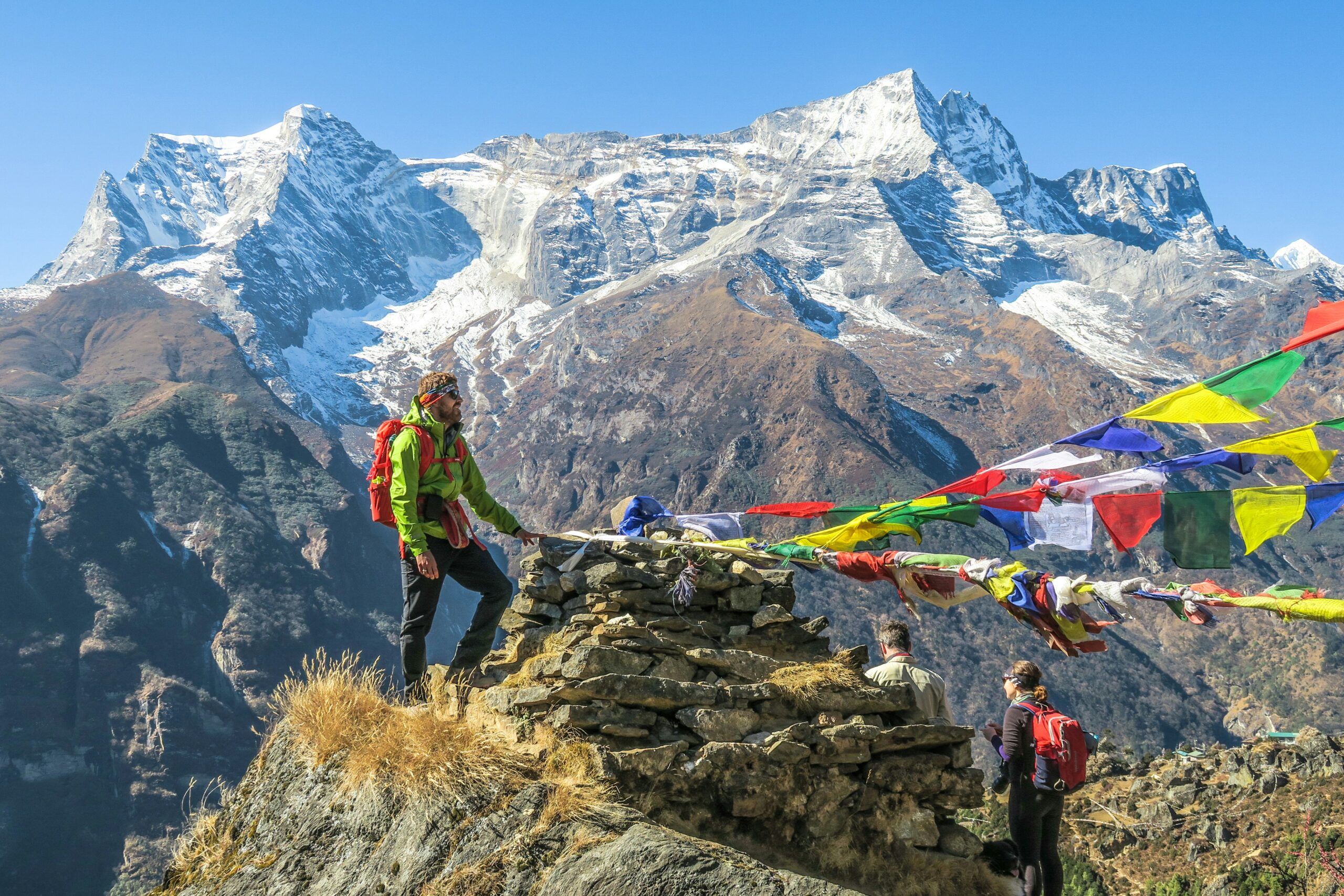
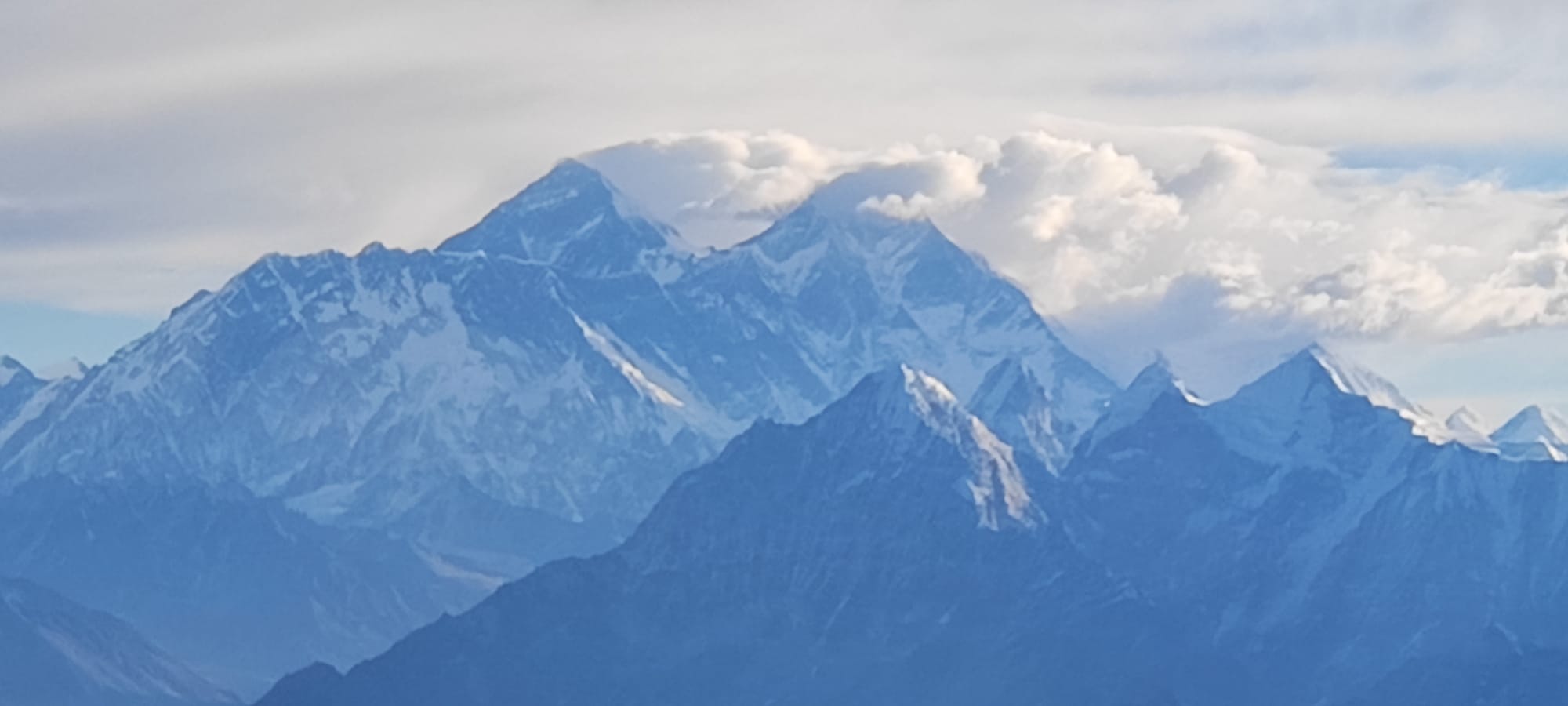

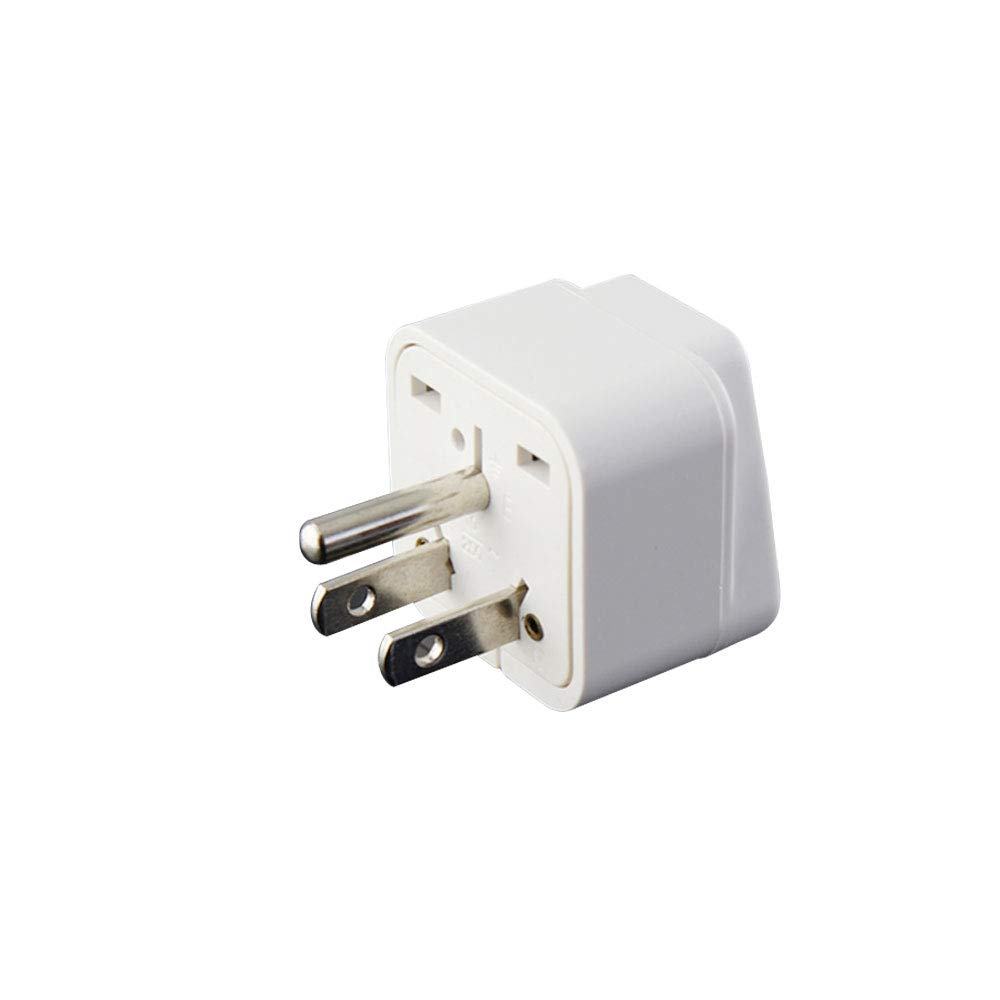
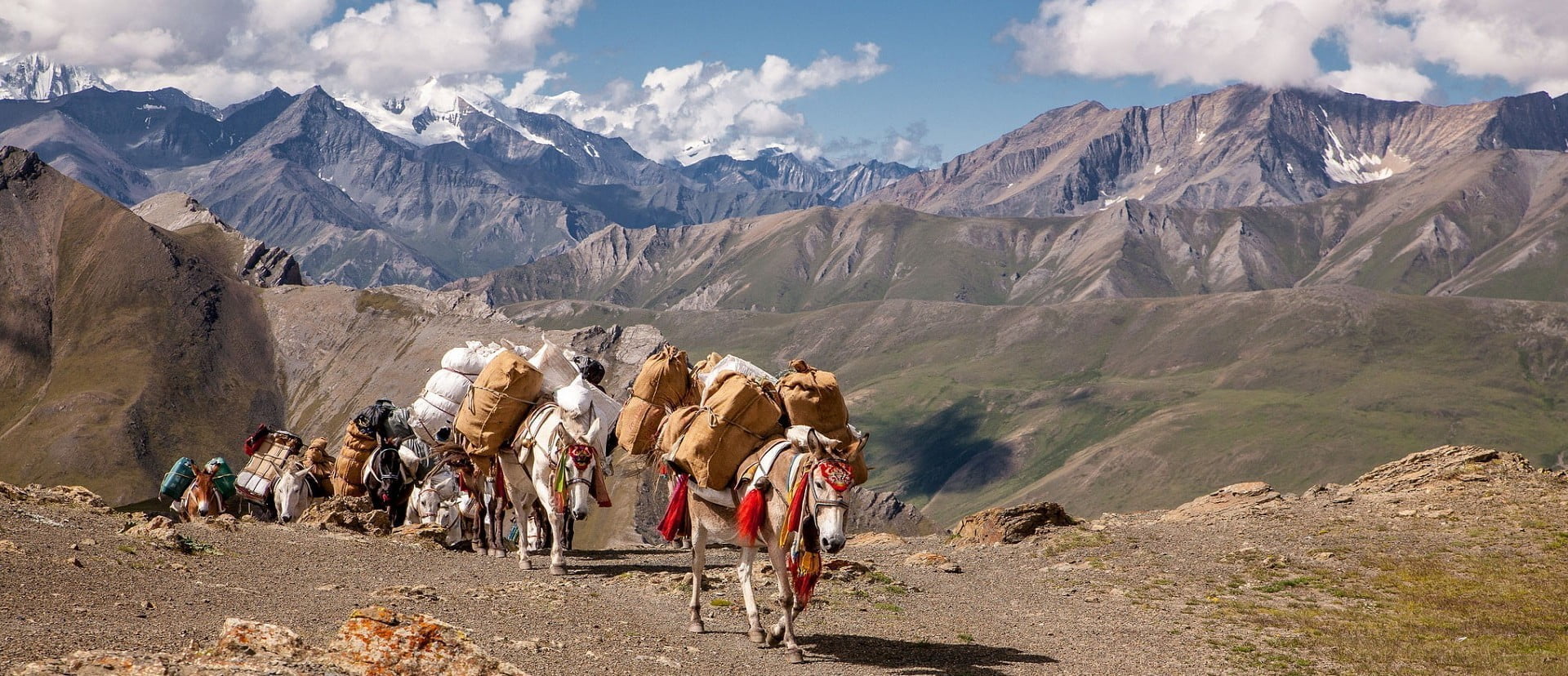
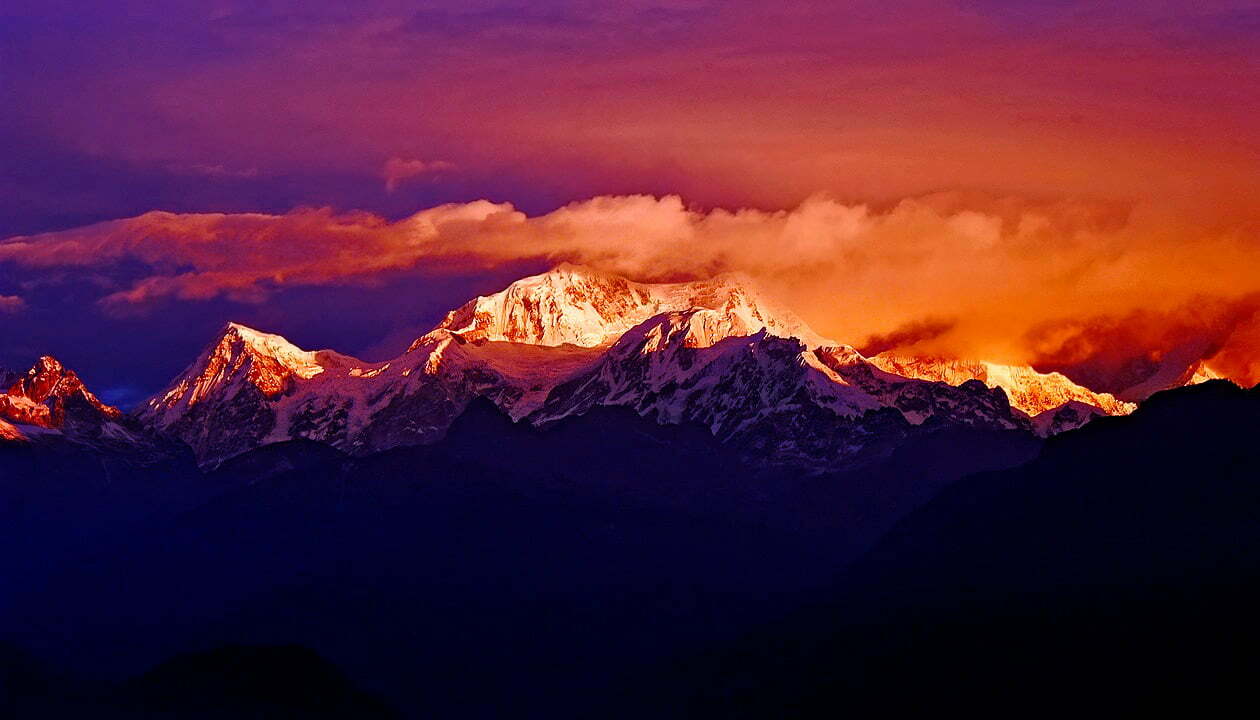
Write a Review